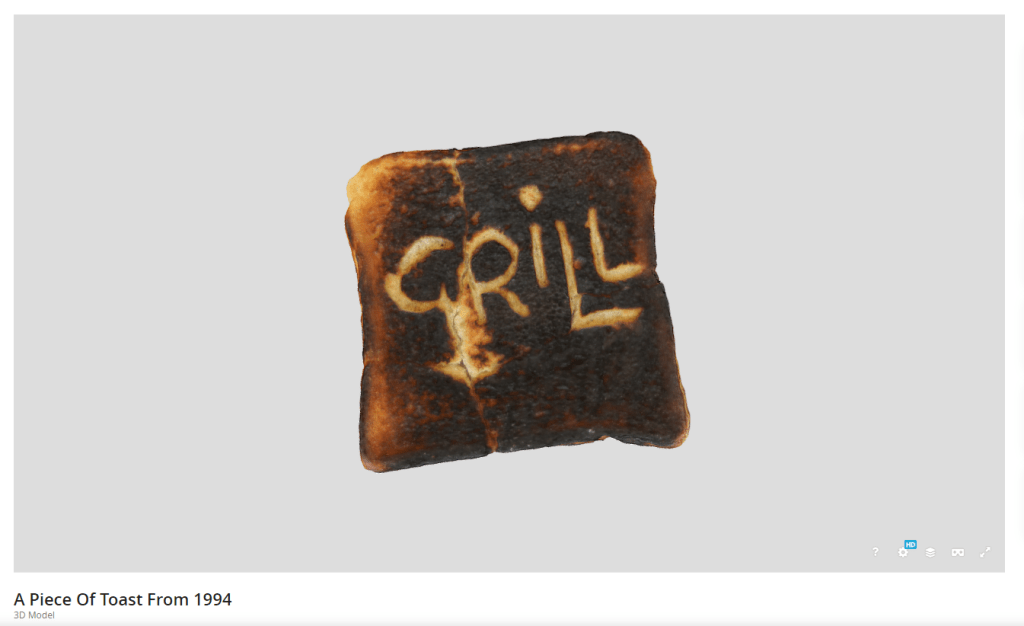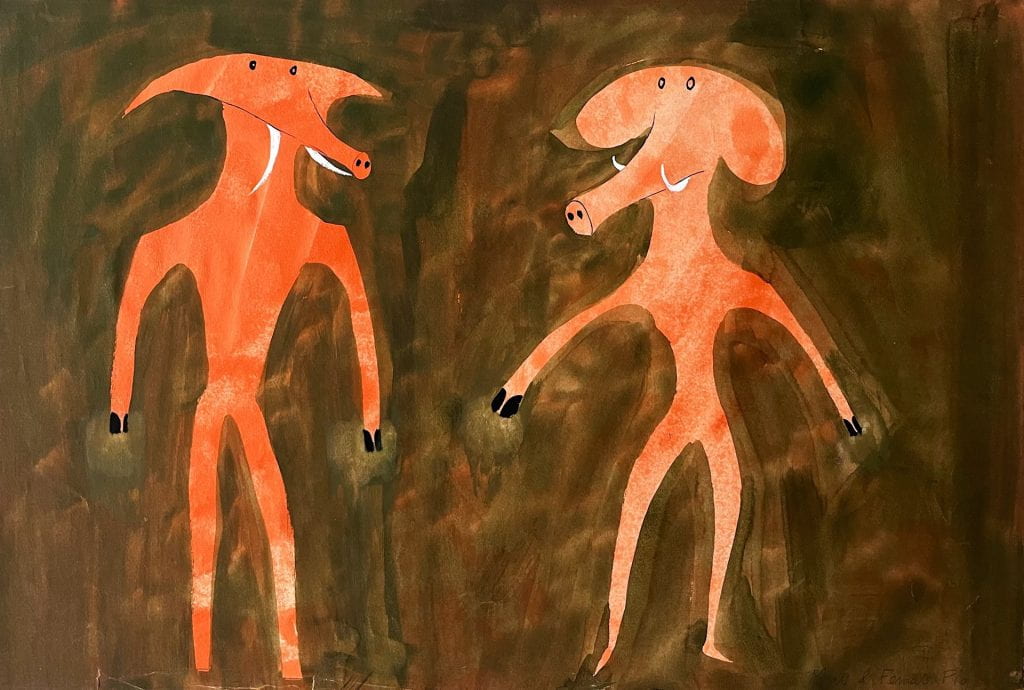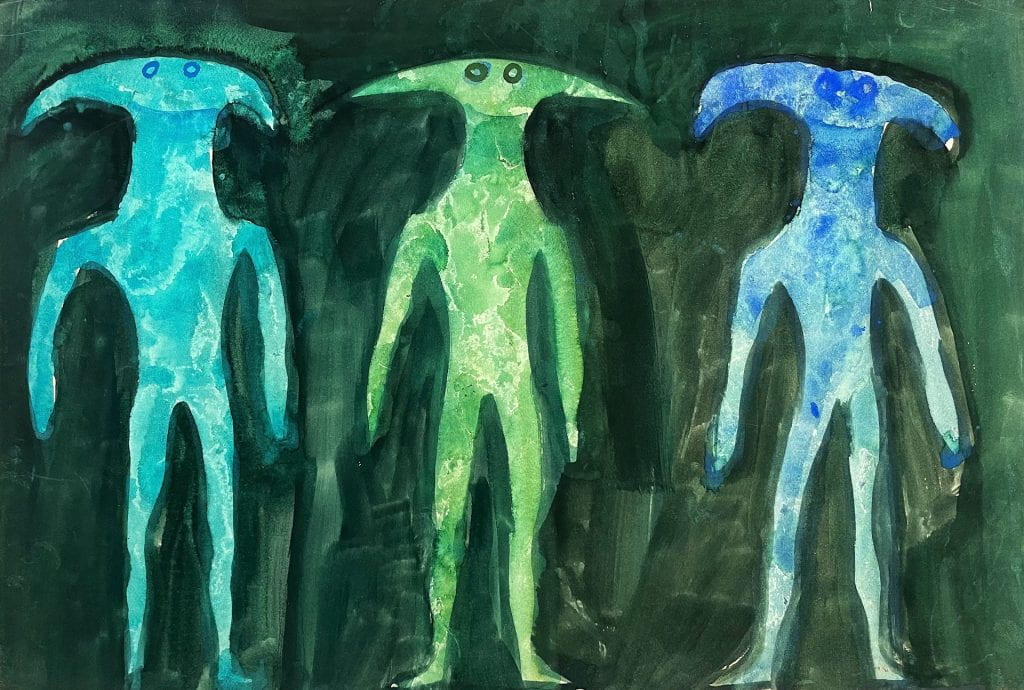Following Jan Wozniak’s blog post in September 2024, students on this research unit have contributed a series of blogs on their experiences of learning about and creating oral histories.
Critical Analysis of Interview by Jan Wozniak with Lucy Hunt, Director of Engagement at Bristol Old Vic
By Unit students Naama, Nell and Lola
This blog recognises that most of these critical observations arose from the specific circumstances of classroom-based practice interviews and are unlikely to occur in typical oral history interviews.
The interview took place in our usual seminar room, a relatively large space that accommodates around 30 people. Under different circumstances, a smaller, more intimate setting would have been preferable for recording. Upon reviewing the recording, I noticed significant background noise, particularly the sound of passing police cars. Ideally, interviews should be conducted in a smaller, acoustically soft room without an audience, to minimise external sounds and distractions. The presence of laughter in the recording, for instance, may have influenced the interviewee’s responses or reactions. Furthermore, the recording was done on a basic camcorder without specialised audio equipment, which impacted the audio quality significantly. In retrospect, using microphones and high-quality recording devices would have enhanced clarity and reduced ambient noise interference.
Jan made a conscious effort to maintain strong eye contact with Lucy, which helped her feel engaged and listened to. He avoided crossing his arms – while a natural and comfortable position for many, it can sometimes convey a sense of closed-off body language. As an interviewer, it is important to remain mindful of one’s body language and how it might be perceived by the interviewee, as their perception can influence the openness of their reponses.
As the interview progressed, Jan noticed that Lucy appeared confident and secure in her responses, which allowed him to introduce more challenging questions. For example, when Lucy explained that the Young Company was divided by age groups, Jan questioned this and asked why the young people were separated into year groups as at school, when the goal is to distinguish this environment from traditional schooling. Lucy responded comfortably, demonstrating that she felt respected and that Jan’s questions were a product of active listening and critical engagement.
Finally, I observed that Jan began taking notes during the interview. This was likely a practical strategy to aid in post-interview debriefing, yet, as we are reflecting critically, it raised a potential issue. Note-taking during an interview could potentially affect the intervewee’s comfort, as they may become self-conscious about what is being noted versus what is not, leading them to question the perceived significance of their statements. This highlights the importance of considering how the interviewer’s actions may subtly influence the interviewee’s mindset and responses. As noted earlier, while the interviewer is actively perceiving and analysing the interviewee, the reverse is also true: the interviewee is reading and responding to the interviewer’s cues.
Personal Reflection of Student Interview with Lisa Gregan, Director of the Bristol Old Vic Young Company
After Jan completed the interview with Lucy, he opened up the next interview with Lisa Gregan to the rest of the class. I nervously raised my hand, thinking someone else would too. They didn’t of course, so 10 minutes later there I was with Lisa, conducting an interview. Scary stuff!
It helped that Jan had gone first; I was able to take inspiration from his style and questions, as I had none prepared. I tried to maintain open body language, show active listening through eye contact and verbal recognition, and asked follow-up questions where it seemed right.
I realised as I sat there panicking about what to ask next, that it didn’t actually matter. The point was never to be the most interesting interviewer, rather to help and facilitate the most interesting interviewee! This change in my understanding allowed me to relax and truly, deeply listen to Lisa, which resulted in far better questions and a more comfortable environment for Lisa.













 [Conceptual Design by Ralph Adron. Theatre Collection Reference: BTC71/1/6/1/4]
[Conceptual Design by Ralph Adron. Theatre Collection Reference: BTC71/1/6/1/4]